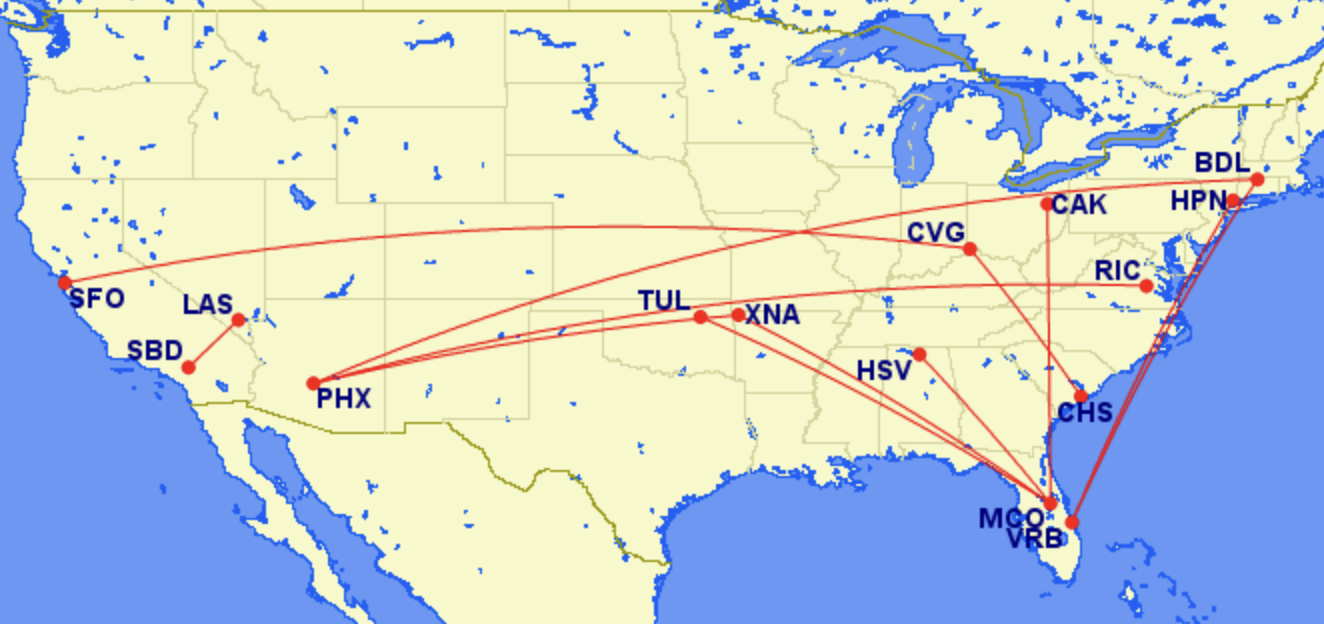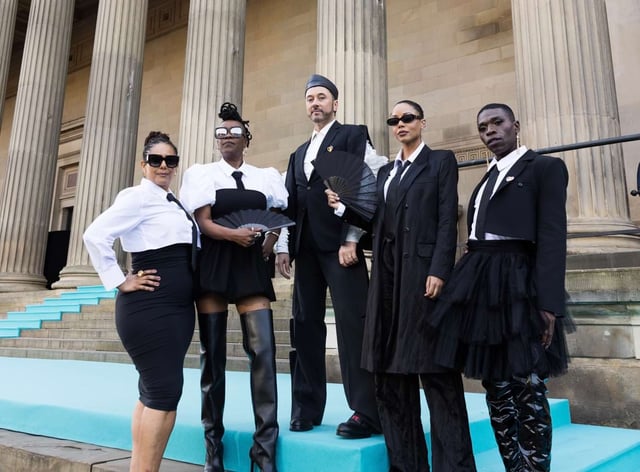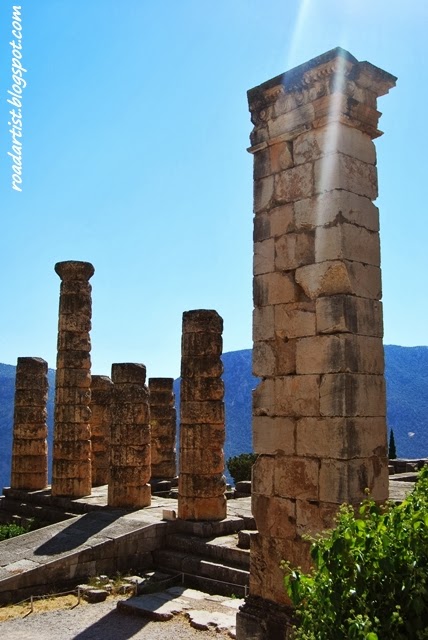The Global Artworld 1850-1950: An Art Historical Review

Table of Contents
The Rise of Modernism and its Global Impact
The late 19th and early 20th centuries saw the explosive rise of Modernism, a radical departure from the artistic conventions of the past. This movement, while originating in Europe, quickly spread its influence across the globe, impacting artistic production in unexpected and profound ways.
Impressionism and its Progeny
Impressionism, born in France, revolutionized painting with its focus on capturing fleeting moments and subjective perceptions of light and color. Artists like Claude Monet, Pierre-Auguste Renoir, Edgar Degas, and Mary Cassatt, key figures of the movement, painted en plein air, directly observing and recording their surroundings. This technique, along with its emphasis on capturing the sensory experience, spread rapidly. From Paris, Impressionism's influence extended to the United States, where American artists adapted and developed the style, and further afield, impacting artistic development in various parts of the world. Its emphasis on light and color directly influenced subsequent movements such as Post-Impressionism and Fauvism.
The Diversification of Modern Art Styles
Impressionism's impact paved the way for a diverse range of modern art styles, each exploring new avenues of artistic expression. Post-Impressionism, with figures like Vincent van Gogh, Paul Cézanne, and Paul Gauguin, moved beyond Impressionism's objective representation to explore subjective expression and emotional intensity. Fauvism, championed by Henri Matisse and André Derain, used bold, non-naturalistic colors to convey intense emotion. Expressionism, exemplified by Edvard Munch and Ernst Ludwig Kirchner, focused on conveying raw emotion through distorted forms and intense color palettes. Cubism, pioneered by Pablo Picasso and Georges Braque, radically deconstructed form, representing objects from multiple viewpoints simultaneously. Finally, Surrealism, with artists like Salvador Dalí, René Magritte, and Joan Miró, explored the subconscious mind, creating dreamlike and often unsettling imagery. Each of these styles contributed to the rich tapestry of the Global Artworld 1850-1950.
The Global Reception of Modernism
The reception of Modernism varied across different cultures and countries. While European centers initially dominated, regional variations emerged, reflecting local traditions and social contexts. Latin American modernism, for example, incorporated indigenous artistic traditions into its modern styles. Similarly, African art played a significant, albeit often overlooked, role in influencing European modernist artists. Colonialism and globalization significantly impacted the spread of these artistic styles, creating a complex interplay of influence and adaptation. The movement was not simply a European phenomenon; it became a global conversation.
Social and Political Contexts Shaping Art
The Global Artworld 1850-1950 was not isolated from the dramatic social and political changes occurring during this period. These upheavals profoundly impacted artistic production, subject matter, and the very role of the artist.
Industrialization and Urbanization
The rapid industrialization and urbanization of the 19th and early 20th centuries dramatically altered the social landscape and influenced artistic production. Realism, a movement that emerged in response to these changes, aimed to depict everyday life with accuracy and objectivity. Artists explored the realities of industrial life, poverty, and the changing urban environment. The aesthetics of industrial design also began to influence artistic styles.
Social and Political Upheaval
Major historical events, including World War I and World War II, profoundly shaped artistic expression. The horrors of war led to a surge in anti-war art and a growing interest in social realism, which engaged directly with political issues. Feminist and anti-colonial movements also deeply impacted art, providing new perspectives and challenging established norms. Artists became increasingly involved in social and political commentary, reflecting the turbulent times.
The Rise of Photography and its Impact on Art
The invention and widespread adoption of photography presented both a challenge and an opportunity for artists. Photography's ability to capture reality with unprecedented accuracy challenged the traditional role of painting as a means of realistic representation. However, it also served as a source of inspiration, opening up new possibilities for artistic exploration. Painters began to experiment with new techniques and subject matter, shifting their focus towards abstraction and emotional expression.
Key Artistic Centers and Networks
The Global Artworld 1850-1950 wasn't a monolithic entity; it was a network of interconnected artistic centers and influential figures.
Paris as the Artistic Hub
Paris reigned supreme as the undisputed center of the art world during much of this period, attracting artists from across the globe. Its galleries, museums, and thriving artistic community fostered innovation and shaped global artistic trends. The city's influence is undeniable in the development and spread of many Modernist movements.
The Rise of New Artistic Centers
While Paris held dominance, other significant artistic centers emerged, challenging Paris's hegemony. New York City gradually rose to prominence, becoming a major hub for artistic innovation, particularly in the later part of the period. Berlin also played a crucial role, especially in the development of Expressionism. Mexico City emerged as a significant center for Latin American modernism, developing a distinct artistic identity. These centers created a vibrant network of artistic exchange and competition.
The Role of Art Dealers and Collectors
Art dealers and collectors played a crucial role in shaping the global art market and promoting new artistic movements. They provided financial support for artists, facilitated the circulation of artworks, and helped to establish the reputations of individual artists and movements. Their influence was instrumental in disseminating and popularizing Modernist styles globally.
Conclusion
The Global Artworld 1850-1950 was a period of extraordinary creativity and change, characterized by the emergence of modernism, the influence of social and political forces, and the formation of global artistic networks. Understanding this era requires considering not only the stylistic innovations of individual artists but also the broader social, political, and technological contexts that shaped their work. This review has only scratched the surface of this rich and complex period. To further deepen your understanding of the Global Artworld 1850-1950, explore museum collections, delve into biographies of key artists, and investigate the historical context further. Continue your journey into the fascinating world of art history by researching specific movements, artists, or geographic locations from this pivotal era. Explore the nuances of the Global Artworld 1850-1950 and discover the lasting impact of this transformative period.

Featured Posts
-
 Breeze Airways Expands Two New Routes Added
May 19, 2025
Breeze Airways Expands Two New Routes Added
May 19, 2025 -
 Nqabt Almhndsyn Wkhtt Iemar Ghzt Akhr Alttwrat
May 19, 2025
Nqabt Almhndsyn Wkhtt Iemar Ghzt Akhr Alttwrat
May 19, 2025 -
 Michael De Lil Named New Head Of Eurovision Belgium After 2026
May 19, 2025
Michael De Lil Named New Head Of Eurovision Belgium After 2026
May 19, 2025 -
 Sea Worlds Expedition Odyssey Your Journey To The Arctic Begins
May 19, 2025
Sea Worlds Expedition Odyssey Your Journey To The Arctic Begins
May 19, 2025 -
 French Political Battle Heats Up Over Atlantic Island Migrant Proposal
May 19, 2025
French Political Battle Heats Up Over Atlantic Island Migrant Proposal
May 19, 2025
Latest Posts
-
 L Tzoymis Kai I Enallaktiki Toy Gia To Kypriako O Dromos Toy Kateynasmoy
May 19, 2025
L Tzoymis Kai I Enallaktiki Toy Gia To Kypriako O Dromos Toy Kateynasmoy
May 19, 2025 -
 To Kypriako Zitima Kateynasmos I Antiparathesi I T Hesi Toy L Tzoymi
May 19, 2025
To Kypriako Zitima Kateynasmos I Antiparathesi I T Hesi Toy L Tzoymi
May 19, 2025 -
 Times Kaysimon Kypros Enimeromenos Odigos
May 19, 2025
Times Kaysimon Kypros Enimeromenos Odigos
May 19, 2025 -
 Kypriako I Simasia Toy Kateynasmoy Enanti Tis Antithesis
May 19, 2025
Kypriako I Simasia Toy Kateynasmoy Enanti Tis Antithesis
May 19, 2025 -
 Anazitisi Gia Fthina Kaysima I Kypros Se Arithmoys
May 19, 2025
Anazitisi Gia Fthina Kaysima I Kypros Se Arithmoys
May 19, 2025
